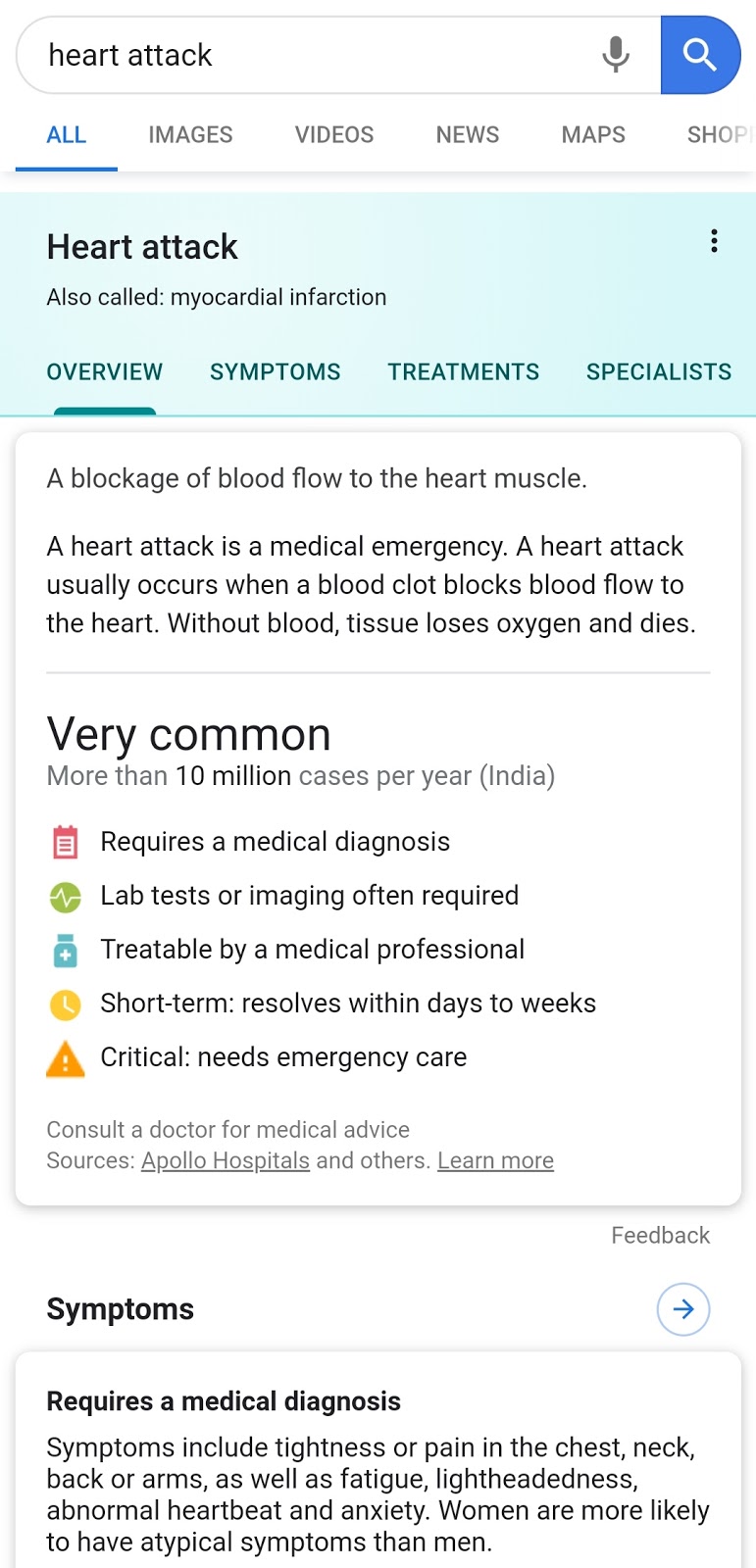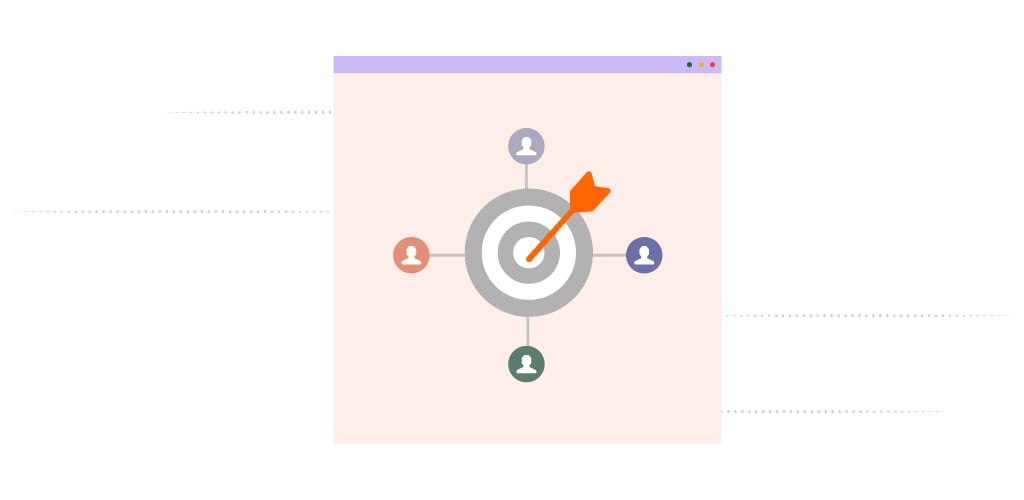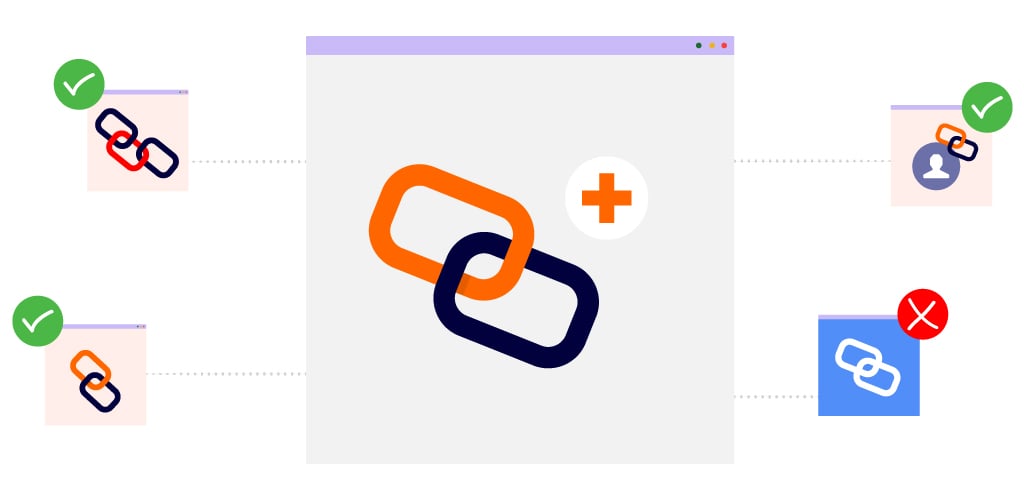Table of Contents
Agency owners will agree that clients have an obsession with getting more organic traffic. They all have their reasons to clamor for it as that’s the prime source that brings more customers. However, as an agency owner, you may have encountered websites that fail to drive organic traffic despite intense SEO optimization efforts.
Did someone tell you that it’s impossible to drive traffic to these sites? This blog is intended to prove them wrong by helping you tackle such a situation with trending strategies that worked for us. These strategies are part of our Managed SEO Services and have been helping our clients grow exponentially.
The SEO strategies that you’re about to learn from here are focused on the principles that Google considers cardinal while ranking websites on its Search Engine Results Page.
(Spoiler: These tips do not include factors such as Meta Title tags, Meta Description, H1 Tags, Link Building, structured data, etc., which improves rankings.)
If you’re a digital marketing professional or an agency owner, giving lame excuses to the clients regarding sluggish growth in organic traffic may lose you the project. If you’re looking for tips to ward off such circumstances, you have come to the right place.
Here are 5 tips that you must implement on your client’s website to drive more organic traffic.
E.E.A.T
Have you heard about E.E.A.T? Though the term might bring an initial laugh, this SEO concept is so deep that websites in niches like Health, Finance, News, Law, or Government have to heed this new principle set by Google in order to rank higher.
So, what exactly is E.E.A.T?
E.A.T stands for Experience, Expertise, Authority, and Trustworthiness. In simple terms, it’s nothing but a few benchmarks that Google uses to assess the quality of websites. According to Google, its algorithms are trained only to fetch pages that genuinely help users. Any website or web page that fails to adhere to this standard is pushed down in the SERP. This results in less organic traffic.
In addition to this, the algorithms are now so ingenious that any misinformation or a piece of content that potentially spreads hate, causes harm, misinforms, or deceive users will fail to rank despite the hard efforts used in optimization done by SEO agencies.
For example, if you’re trying to rank an alternate-medicine website that proposes a new method to cure cancer, chances are, Google may not rank you in the first place. The reason is the theory that is suggested on the website is yet to get scientific acceptance.
If you want to rank such websites, which usually come under the broad term YMYL category, you must ensure subject matter experts with proven online track records write the content. In addition to this, such websites require significant trust factors flowing from authoritative sites such as Mayo Clinic or Healthline.
Google has underlined that any website that produces content, sells products or services that impact the livelihood of the users must ensure that the main content creator has Expertise, Authoritativeness, and Trustworthiness. There are other factors that you may want to consider to ensure that a website is E.E.A.T friendly. Check out this SEO strategy: How to Increase the E.E.A.T quality of your site written by our SEO Strategist Dileep Thekkethil.
Responsive Design 2.0
You may be wondering why I have included responsive design as a decisive factor, even in 2022. Yes, most websites on the internet are responsive. However, there is a shift in the whole process of creating a mobile-optimized website.
When Google started pushing for responsive design or user experience back in 2015, there were more desktop users than mobile users. As you know, from 2015 to 2020, digital marketing skyrocketed and seemed to have found a quick shortcut, something like a wormhole. Now, we are in a stage wherein mobile users are more in number than desktop users.
Having said that, the process of designing websites is yet to get that upliftment. Even now, some agencies build websites for desktops while mobile design comes in the second phase. Google has pushed mobile-first indexing, and this is an indication from Google to take a U-turn.
If you’re an agency owner, ensure that the clients have a website that is mobile-centric first and then desktop. If you need inspiration, check out the new Google UI. The Google search UI was first done on mobile and then adapted to desktop. Here is an example:
Check for SSL Certification
Business owners spend a lot of money designing websites expecting immediate results. A majority of them are little aware of how the whole web ecosystem works. Disenchanted with the outcome, many of these website owners abandon their sites and seek other options to get traction for their business.
But taking care of a few basic things can ensure that your client’s website is on par with the industry standards. SSL certification is one such factor. Though easy to implement, it gets little attention from website owners.
Google has been pushing websites to get SSL certified. The chrome browser now shows all non-SSL/non-HTTPS websites as insecure. This is a clear indication that Google has some bad blood against the sites that are yet to make the transition to HTTPS.
We have been keeping a close watch on the Search Engine Results Pages and have found that Google prefers ranking secured websites over insecure ones. Future chrome browser updates are another reason why you must push your clients to have HTTPS websites.
Starting in 2020, the Chrome Browser displays a warning when users try to open a webpage that is either non-HTTPS or has a mixed content issue (both HTTP and HTTP files). This can lead to a higher bounce rate, which ultimately will lead to a decrease in organic traffic.
Google wants engaging content to rank on the first page, and if the bounce rate or the time spent on the page is negligible, there is a chance that the organic traffic might decline along with a drop in the positions of the keywords.
Target Audience is The King, not the Content
You may have come across the phrase – content is the king. However, looking at the way the digital marketing industry is moving, it can be identified that content is just a tool, and the real king is the target audience.
There was a time when high-quality content ranked on the web, but the days of luxury are long over. You may have come across content writers complaining that despite producing the highest quality content, it failed to rank on Google or is getting very little traction.
One of the major reasons for this is the lack of audience research. The biggest mistake that content writers make is to curate content based on what they feel is the best for the target audience. This may work in offline marketing, but when it comes to the web, every other website out there is trying to woo your prospective users.
The only way you can succeed in creating content that converts is by understanding the audience in and out. On a macro level, you should look at their requirements, issues, habits while at the micro-level, keywords, influencers, and topics they like.
Build Links Other Than Rel=Sponsored
The backbone of Google Search Engine is how it understands the links and transfers the authority from one website to the other. The relevance and quality of the sites that you see on the search results page are deeply dependant on this factor.
Google has been facing a dilemma since it introduced the rel=nofollow attribute. This link attribute ensured that websites give clear instructions to Google not to pass any link juice as they don’t trust the site. Nowadays, using this link attribute has become a standard. A majority of websites make all the external links as nofollow. This made it impossible for Google to judge the quality of the links, and the search engine giant needed a quick solution.
The result of this was the introduction of two new rel attributes – rel=ugc and rel=sponsored. If you want to learn more about these two link attributes and their implications, listen to the podcast done by our SEO Strategist Dileep Thekkethil with Senthil Kumar, V P, Stan Ventures.
So, starting in March 2020, Google has started considering all the link attributes except rel=sponsored while assessing the quality of a website to rank on its SERPs. This effectively means that even if you gain a nofollow backlink, it’s only worth it if the site that is giving it is an authoritative one. Moving forward, User Generated Content (UGC) and nofollow backlinks will play a vital role in deciding the position of the web pages.
SEO Specialists professionals must now start focusing on getting contextual backlinks, and it doesn’t matter if it’s dofollow or nofollow. Google has now moved along and is looking only for contextual signals to rank websites, and ultimately, this can increase the organic search traffic.
Get Your Free SEO Audit Now!
Enter your email below, and we'll send you a comprehensive SEO report detailing how you can improve your site's visibility and ranking.

You May Also Like
Turnaround Time (TAT) for SEO Projects: How Agencies Set Expectations
As an agency owner, the key to delivering a faster ROI for your clients is promptly implementing the proper SEO strategies. However, managing hundreds of client websites simultaneously means each client expects rapid results. That’s why your SEO agency must set clear expectations about turnaround time (TAT) with your clients, ensuring they understand the process … Turnaround Time (TAT) for SEO Projects: How Agencies Set Expectations
6 SEO Pricing Models for Agency Owners
When it comes to SEO service pricing, it can be difficult to know what is a fair price and what is too much. Read this blog to know more.
What’s a Good Click-through Rate?
Checkout some of the most effective ways to improve the CTR (Click Through Rate) which is one of the hidden search engine ranking factors.

















Comments